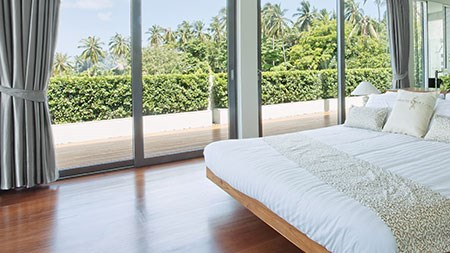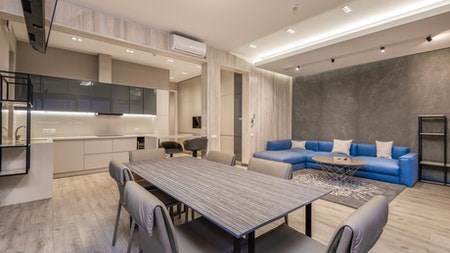There are many cases where it will pay handsomely to furnish a rental property, says Bill Rawson, Chairman of the Rawson Property Group – and where the property is renting on short lets, it is almost certain that it will be necessary to furnish and equip it completely.
On average, said Rawson, fully equipping a home with bedcovers, carpets, curtains, cutlery, crockery and kitchen hardware will enable the landlord to charge to 20 to 25% more rent.
“One of the big advantages of providing these extra amenities,” he said, “is that they are depreciable assets – their cost can be claimed as a tax deduction over a relatively short time.”
Experience, added Rawson, does however show that furnishings and other extras suffer badly when the ‘wrong sort’ of tenant is taken on. The best way for the landlord to protect himself against this is to insist on a very large damages deposit and a warning clause in the lease to the effect that damages will be taken seriously. In addition, it is essential to compile an inventory of every item in the unit and to go through this with the tenant, getting him to sign a ‘receipt’ for all the items listed.
Then, without being intrusive, it will also pay hands down if the landlord or his agent makes regular visits to the property throughout the tenant’s stay. Various reasons for this can be found, one of the best being that it is necessary to attend to the garden or the pool equipment or some other item. It may also pay to have a reliable domestic worker looking after the home on a daily basis and making his or her employment mandatory in the lease. Such domestic workers will not only keep the house tidy but will report if the tenant is misbehaving.
Rawson warned against trying too hard to save money on furniture and furnishings.
“The average tenant,” he said, “will be looking for something better than what he is accustomed to so don’t give him your castoff or obsolete furniture. Spend enough money to impress him and then make sure that he understands that it is his duty to maintain it well.”
In some instances, furnishing a unit for a long term lease can be necessary, e.g. if the tenant is on a one or two year contract, is a student who has not yet had time to acquire furniture or is in transit between one job and another. As the returns on providing good furniture are so good, said Rawson, it is usually short sighted to try and avoid this.




